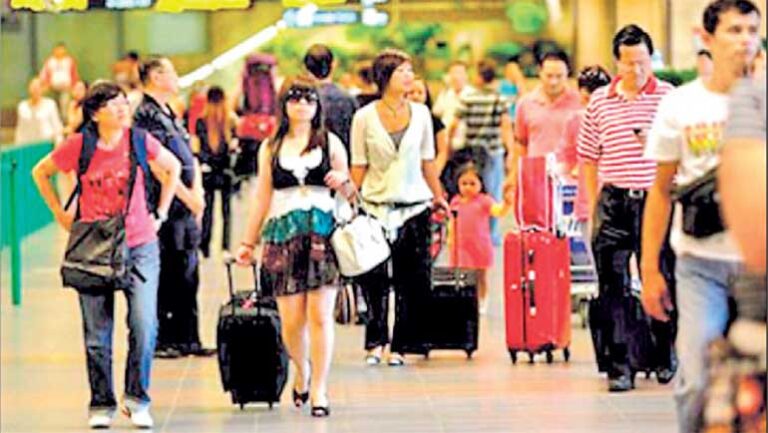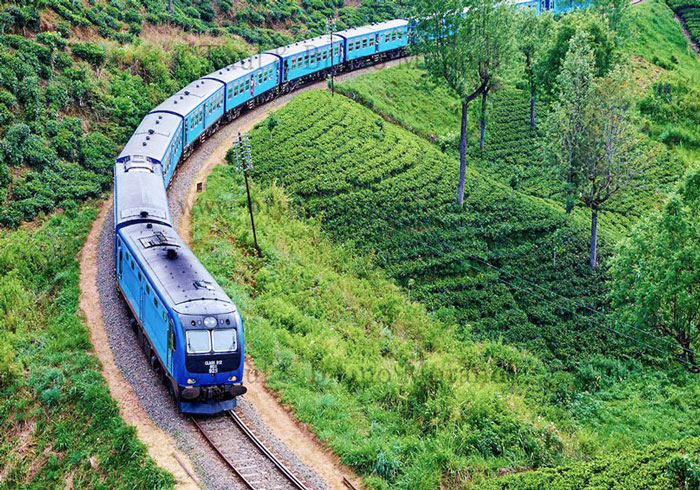Hambantota International Port (HIP) has recorded an extraordinary 151% year-on-year surge in cargo throughput, reaching 6.03 million metric tons by the end of September 2025 compared to 2.39 million tons in the same period last year. The growth comes despite logistical challenges triggered by the lifting of Sri Lanka’s vehicle import ban earlier this year.
The removal of import restrictions led to increased congestion and clearance delays, testing the port’s storage and operational capacities. To address these pressures, HIP’s Operations Department implemented a comprehensive optimisation plan—reconfiguring yard allocation, balancing container flows, and enhancing stacking strategies to maintain efficiency. Additional manpower was deployed, with an expanded team of stevedores and extended yard space ensuring uninterrupted vessel operations.
According to internal financial data, the port’s revenue for the first nine months of 2025 is estimated at over US$ 132 million, marking a 48% rise from the same period in 2024. Expenditure climbed to around US$ 84 million due to infrastructure expansion, higher energy costs, and increased staffing, though net operating profit improved significantly, highlighting the port’s growing operational strength.
HIP’s expansion momentum continues on several fronts. In late 2024, the port commissioned US$ 41 million worth of cranes, lifting its container handling capacity to 1 million TEUs annually. The port’s bunkering and energy services have also advanced sharply, with LPG throughput up by 38% and bunker fuel volumes rising 21% year-on-year. Vehicle transshipment, one of HIP’s key revenue drivers, grew 26% this year, reflecting its strengthening role as a regional automotive logistics hub.
HIPG CEO Wilson Qu stated, “As we approach the close of 2025, Hambantota Port remains firmly focused on reliability and resilience under rising demand. Our investments in technology, capacity, and workforce development underscore our long-term commitment to supporting Sri Lanka’s logistics and energy ambitions.”
The port’s performance places it among the fastest-growing maritime facilities in South Asia. With strategic expansion projects and sustained revenue growth, Hambantota International Port is evolving into a fully integrated multipurpose logistics center, reinforcing Sri Lanka’s position on key global shipping routes.










